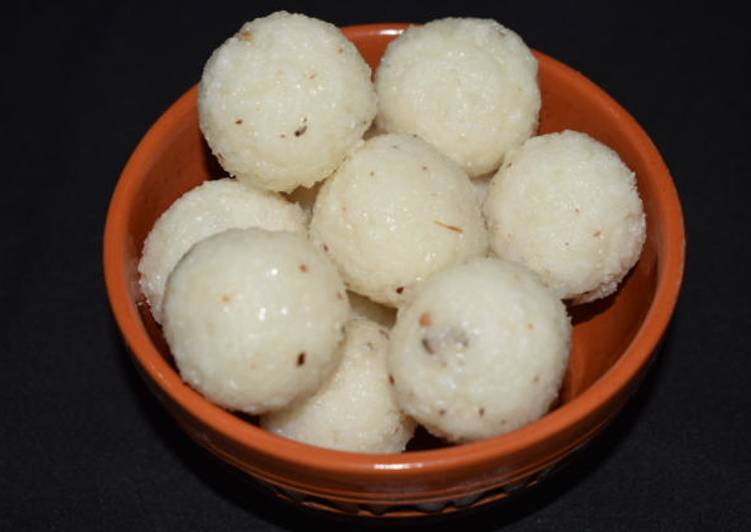
Hey everyone, it is Louise, welcome to our recipe page. Today, we’re going to prepare a distinctive dish, sourdough croissants. It is one of my favorites food recipes. This time, I’m gonna make it a bit tasty. This is gonna smell and look delicious.
These Sourdough Croissants are the best croissants ever! To have fresh Sourdough Croissants for breakfast, refrigerate them overnight and bake in the morning. The difference between Classic Croissants and Sourdough Croissants is the use of the natural yeast in the starter to rise the dough. The detailed descriptions, pictures and even videos made this my best attempt at sourdough croissants so far.
Sourdough Croissants is one of the most well liked of recent trending meals on earth. It is enjoyed by millions every day. It’s easy, it’s fast, it tastes yummy. They’re fine and they look fantastic. Sourdough Croissants is something that I have loved my whole life.
To get started with this recipe, we have to first prepare a few ingredients. You can cook sourdough croissants using 8 ingredients and 10 steps. Here is how you cook that.
The ingredients needed to make Sourdough Croissants:
- Take 90 g Sourdough starter
- Prepare 340 ml Milk
- Make ready 5 g Instant Yeast
- Make ready 575 g All-purpose Flour
- Get 40 g sugar
- Get 9 g salt
- Get 40 g softened butter
- Take 350 g refrigerated butter
Sourdough Croissants and Cruffins If you know anything about the pastry world, you know what croissants are and how difficult they can be to make. But maybe a cruffin is something you haven't heard of? A cruffin is simply a croissant dough stuffed into a large muffin type tin, baked, then filled with all sorts of different pastry creams. Line a cookie sheet with parchment paper, and then set aside.
Steps to make Sourdough Croissants:
- On the morning of day 1 (for this is a 2-day recipe) mix together all of the ingredients (except the refrigerated butter). Knead into a dough. Wrap in clingfilm and refrigerate until the afternoon.
- In the afternoon, when you are ready to start the lamination, get the butter out of the fridge, sandwich it between two sheets of clingfilm, and then beat it flat with a rolling pin. It should end up about 5mm thick, and it should be a rectangular slab.
- Take the dough out of the fridge and roll it flat so that it is just slightly larger than twice the size of the butter slab. place the butter on one half of the dough, and fold the dough over so that it completely encloses the butter. pinch the edges to seal. Cover with clingfilm and return to the fridge for 15 mins.
- Now the lamination begins. remove dough from fridge and roll it as flat as you dare. try to make it long and thin. Then do a set of book folds. ie. fold one third into the middle then fold the other third on top of it. It should now be 1/3 of the size and 3 times as thick. Cover with clingfilm and return to the fridge for 15 mins.
- Repeat the previous step 2 more times (for a total of 3 folds). Then wrap in clingfilm and leave the dough in the fridge overnight.
- The morning of day 2, take the dough out of the fridge and roll it flat. This may take a while. The goal is to make the dough about 5mm thick (and rectangular). But your dough may be easier or harder to roll (just because) so don't worry if you don't quite get there.
- Cut the dough into long rectangles, as shown. Depending on the ratio of the rectangle you made in the previous step, your croissants may be short and fat or long and thin. (Long, thin rectangles make short fat croissants)
- Make a cut in the shortest side of the triangle, and roll into a croissant shape. If your dough allows it, you can stretch the dough a little to help create the shape you want (if you've not done this before, a video is really helpful - Google how to shape croissants) This pastry is quite versatile - we also made cinnamon buns and turnovers from the end scraps - so you can be a bit creative with the shape of your pastries.
- Cover and prove at room temperature. Ideally, the croissants should double in size. We were a bit impatient and just baked them after 2 hours. This seemed to work. The resulting croissants were quite dense (which by happy coincidence is how I like them). Waiting for them to expand more might produce less dense (more traditional) croissants.
- Brush with beaten egg and bake at 230C (450F) for 5 minutes, then reduce to 180C (350F) and bake for 15 minutes. Add a dish of water to the oven to increase humidity. We tried to bake the first batch on a pizza stone, but a decent amount of butter leaked out during the baking, which dripped off the edge of the stone and caught fire on the bottom of the oven. So possibly use a baking tray.
A cruffin is simply a croissant dough stuffed into a large muffin type tin, baked, then filled with all sorts of different pastry creams. Line a cookie sheet with parchment paper, and then set aside. To make Croissants you need to get layers and layers of butter between layers and layers of dough, this is the fun part. Making Tartine croissants no doubt is a lengthy process, but totally worth it. Actually, it is the lengthy fermentation process using pre-fermented poolish and natural leaven (sourdough starter) that gives them complex flavors and exceptional keeping qualities.
So that’s going to wrap it up with this special food sourdough croissants recipe. Thanks so much for reading. I’m sure that you will make this at home. There’s gonna be interesting food in home recipes coming up. Don’t forget to save this page on your browser, and share it to your family, friends and colleague. Thank you for reading. Go on get cooking!

